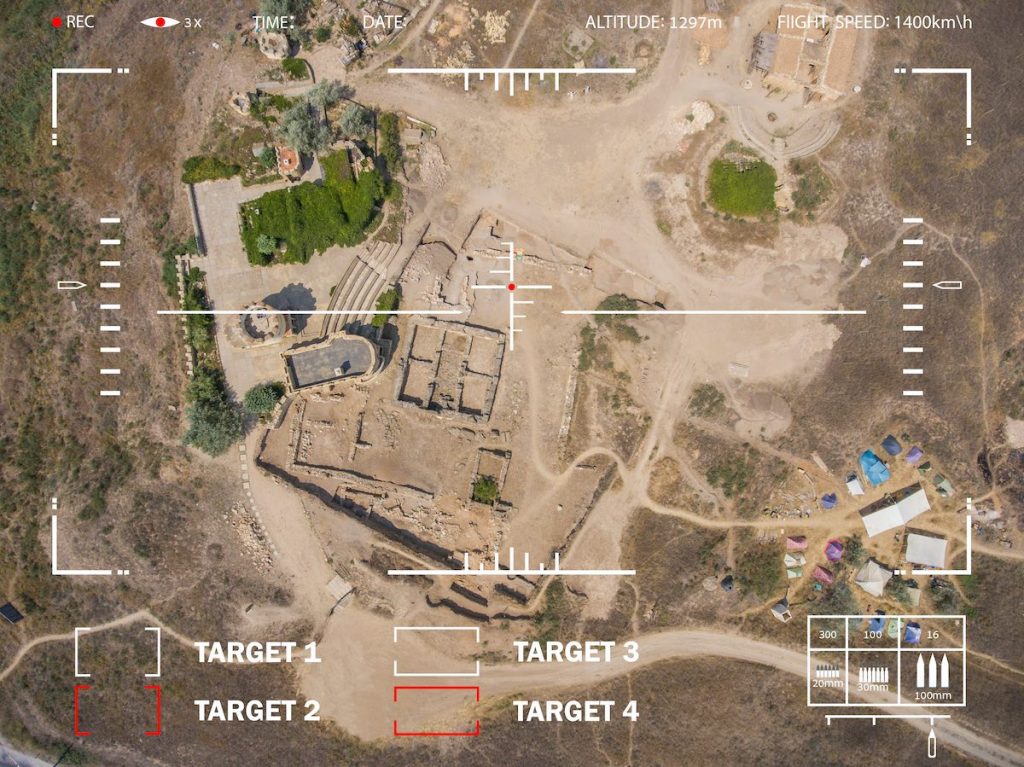The Canadian Armed Forces (CAF) are currently in the process of procuring a number of Intelligence, Surveillance, and Reconnaissance (ISR) platforms and sensors, which will greatly improve its ability to collect data in support of operations at home and abroad. Collection value is not solely about the availability of platforms or sensors however, but the capability and capacity to transform massive amounts of raw data into decision-quality information and intelligence. The CAF’s second in command, Lieutenant-General Rouleau, among a host of other senior leaders, have regularly stressed this point, but a viable solution to this challenge is yet to be clearly identified. At Xtract AI, we believe Artificial Intelligence (AI) technologies are the most viable.
Reducing the fog of war
Computer vision and machine learning, two of the most relevant fields of AI to this discussion, have evolved rapidly over the last number of years. Their military applications, however, have lagged civilian applications because of the unique conditions in which militaries operate. These challenges, most of which are loosely attributed to the “The Four V’s of Big Data” – Volume, Variety, Velocity, and Veracity – contribute to the AI version of the Clausewitzian “fog of war”.
However, there are obstacles to realizing the present and future value of AI, most of which are unique to the environmental conditions that military organizations operate in. These include, but are not limited to, insufficient volumes of quality data to train models to the required confidence levels, labour-intensive data labelling requirements and complex systems integration requirements. Significant resistance to change is to be expected from within military organizations as well, especially given that the real-world operational value of AI for Full Motion Video (FMV) interpretation has yet to be demonstrated. There are a host of other challenges that must also be addressed, such as the fact that C4ISR infrastructure is typically insufficient to meet the computational demands of AI. Nowhere is this deficiency more apparent, or relevant, than in support of real-time decision-making at the edge.
Extracting intelligence out of data
To overcome these obstacles, the “FMV interpretation challenge” must be approached by pursuing the augmentation—not replacement—of FMV analysts. Trust, whether human or machine, is earned through a well-structured process of force development, generation and employment. An agile engineering process that iteratively delivers incremental improvements to capabilities, allowing them to evolve from minimally viable to fully operational is also anticipated.
AI technologies must then integrate into the existing operational systems architecture. If these conditions can be met, AI will have its best chance of evolving beyond a lab environment to its procurement, integration and adoption by military organizations.
Joint Terminal Attack Controllers (JTAC) need help to manage their ROZ (Restricted Operation Zone) while keeping an eye on the action with the FMV. AI can be the tool to help reduce their workload. Whether it be building AI into an ISR platform itself to help reduce bandwidth requirements when transmitting FMV, a Remote Video Terminal (RVT) to support Sensor Operators and JTAC, or into a suite of tools used by FMV analysts at a national reach back capability like the Joint Targeting Intelligence Centre, the opportunities are vast.
Innovative solutions
To operationalize AI, industry experts must be able to work hand-in-hand with the operators and analysts living these challenges on a daily basis. The Innovation for Defence Excellence and Security (IDEaS) program provides one such opportunity. Xtract AI has already progressed through the IDEaS component 1A selection phase on multiple projects, and is now in execution of component 1B projects and are excited to be part of the innovative solutions being proposed to the Canadian Armed Forces.
Xtract AI is developing core AI technologies targeted at helping solve ISR interpretation challenges for the Canadian Military. To maximize value, Xtract AI will soon be seeking sponsors within the Canadian Armed Forces and business partners to collaboratively pursue solutions that will help decision-makers leverage FMV to make better decisions faster, to achieve a decision-action cycle advantage over our adversaries.
Xtract AI is an approved vendor for key procurement groups, including Government of Canada Approved Source List Tier 1, 2, & 3 AI Vendor.

